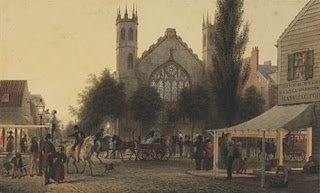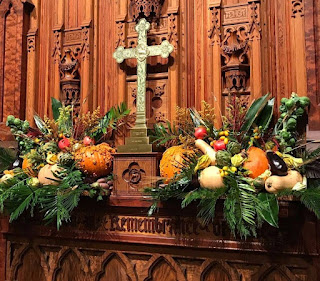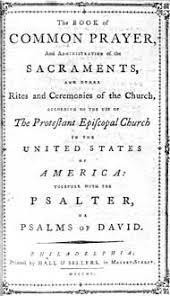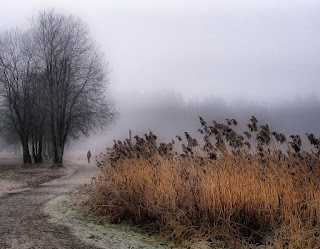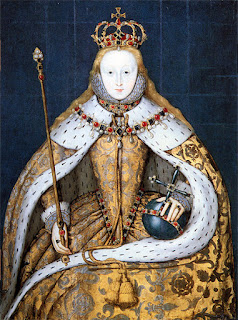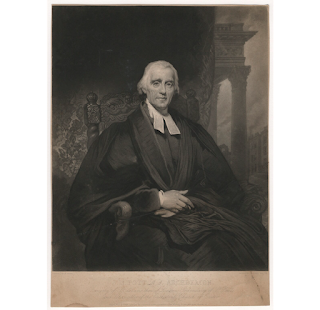"The Protestant Episcopal Communion in Scotland": St. Andrew's Day thoughts on Scottish Episcopalianism and the Old High tradition
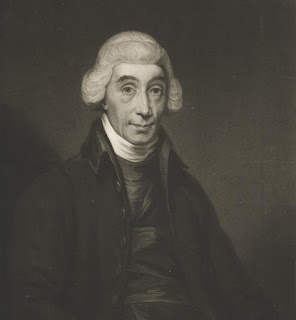
On this Saint Andrew's Day, a day when a Laudian gives thanks for the witness of Scottish Episcopalianism over centuries, I turn to a work of Alexander Jolly, Bishop of Moray, Ross and Caithness 1798-1838. Jolly was ordained deacon in 1776 and priest in 1777. At this time, the failed '45 rebellion still cast a shadow over Scottish Episcopalians, as James Walker - a later Primus - said of the rebellion in his memoir of Jolly's life: That unfortunate and ill-advised measure [i.e. the '45], in which, so far as I know and believe, the clergy of this Church had no general nor active concern whatever, caused them to be immediately silenced through the whole land. In Edinburgh, where their chapels were numerous and their congregations respectable, they were shut by authority, and the clergy compelled to silence, under a penalty rigidly exacted or enforced ... After the accession of George the Third, they [i.e. the penal laws] were seldom enforced, and never with the rigour o...

